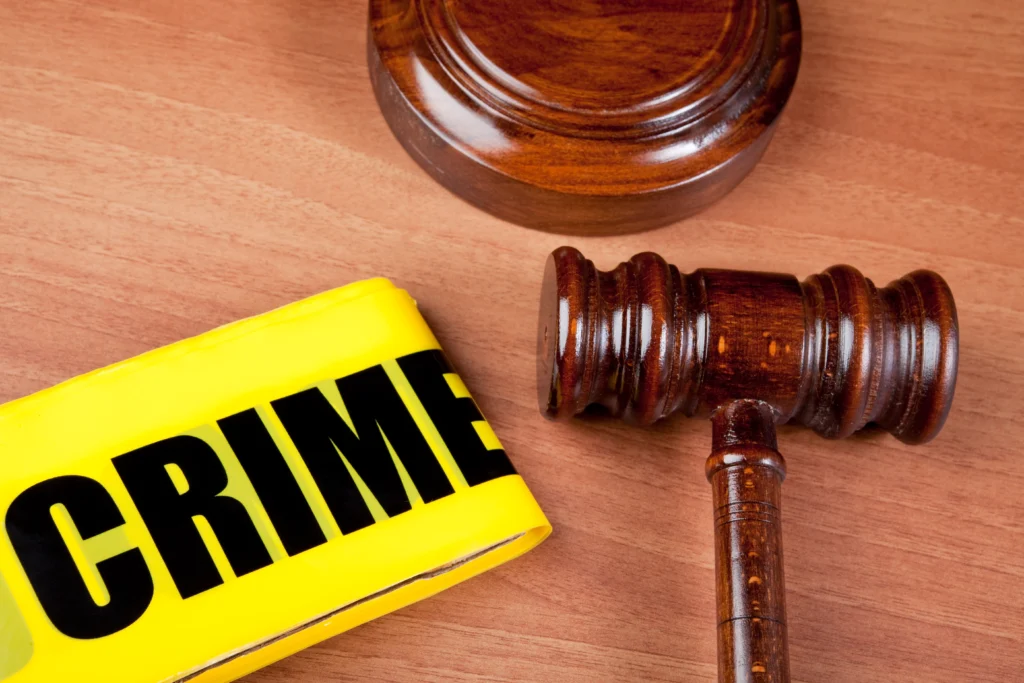Criminal Law and Criminal Justice Reform: An Overview of the Issues and Proposals for Change

Criminal law and criminal justice reform have been a topic of discussion and debate for years. The current system faces numerous challenges and criticisms, including concerns about racial bias, over-incarceration, and the effectiveness of rehabilitation efforts. This article provides an overview of the issues surrounding criminal law and criminal justice reform and proposes changes that could improve the system.
The Challenges of Criminal Law
The criminal justice system is complex and multifaceted, and there are many challenges to consider. One of the most significant challenges is the issue of racial bias. People of color are overrepresented in the criminal justice system, with Black and Hispanic individuals being disproportionately affected. This is due to various factors, including bias in policing and sentencing, economic disadvantage, and systemic racism.
Another significant challenge is the issue of over-incarceration. The United States has the highest incarceration rate in the world, with over 2 million people currently behind bars. This has significant social and economic costs, including the financial burden of maintaining prisons and the negative impact on families and communities.
The Effectiveness of Criminal Justice Reform
Criminal justice reform has been proposed as a solution to address these challenges. However, there is debate over the effectiveness of these efforts. Some argue that criminal justice reform is necessary to address the systemic issues in the criminal justice system, while others contend that it may lead to increased crime rates.
One proposal for criminal justice reform is to focus on rehabilitation rather than punishment. This would involve providing resources for education and job training, mental health and addiction treatment, and other support services to help individuals successfully reenter society after their release from prison. This approach has been shown to reduce recidivism rates and improve public safety.
Another proposal is to address sentencing disparities, particularly for nonviolent offenses. This could involve reducing mandatory minimum sentences, providing alternatives to incarceration, and addressing the racial disparities in sentencing. By reducing the number of people in prison, resources could be allocated to other areas of criminal justice reform.
Conclusion
Criminal law and criminal justice reform are complex issues that require careful consideration and action. The challenges of racial bias and over-incarceration are significant, and proposals for reform must be based on evidence-based solutions. Rehabilitation efforts, addressing sentencing disparities, and reducing the number of people in prison are all potential solutions to improve the criminal justice system.
It is essential to work with experienced legal professionals who can provide guidance and expertise in navigating the criminal justice system. Additionally, staying informed about legal developments and proposals for reform can help individuals and organizations advocate for change and stay compliant with the law.